Jenny Holzer Shines New Light in Dark Places
[ad_1]
Thirty-five years after she first set the Guggenheim’s rotunda ablaze with an electronic text racing along its spiral ramp, Jenny Holzer is reprising the installation, and turning up the heat. “Light Line,” a career-spanning exhibition, presents a newly updated LED sign which, together with other recent work, illuminates changes in political language and its modes of delivery unimaginable in 1989.
Her advice to viewers has remained fixed: Just read the art.
The targets of the texts Holzer wrote between the late 1970s and 2001 — variously excerpted and re-sequenced for the new sign — range broadly. Early on, she veered from laconic assessments of everyday injustice (“abuse of power is no surprise” is the best known) to puzzling propositions (“being happy is no better than anything else”; “it’s heroic to stop time”) and wry laugh lines (“having two or three people in love with you is like money in the bank”). In the newer, non-electronic work in this exhibition, she keeps a viselike grip on threats to democracy.
“Optimism is not my specialty,” Holzer, 73, freely conceded during a recent conversation at her river-facing Brooklyn studio, where one work after another bore witness to extrajudicial incarceration, “enhanced interrogation” and other governmental malfeasance. Her motivating question now, she said, is “how to represent lethal conflict” both in the United States and abroad. Yet her tone is imperturbably chipper. A Midwesterner by birth, born at midcentury, she is self-deprecating, plain-spoken and armed with a wicked gift for irony.
“Truisms,” Holzer’s first language-based work, emerged amid the Conceptual art of the late 1970s and its backdrop of post-Watergate political fatigue, financial disarray, urban blight and cross-disciplinary punk. The gentrifying Reagan years that followed gave rise to archly analytic work addressing institutional power. Holzer’s early choices reflected — and resisted — all these conditions.
She began to put her texts on electronic signboards in the early 1980s. Often scrolling too fast to read and then stopping for a few blinding beats to flash, they were sometimes installed in sensory-overloading proximity. In her award-winning 1990 Venice Biennale installation, the first solo exhibition by a female artist at the U.S. Pavilion, racks of high-colored signboards were mirrored in the polished stone floors.
For the record, Holzer’s first signboards predated by more than a decade “the crawl” — the scrolling newsfeeds running along the bottom of the screen in cable news coverage of the Sept. 11 attacks, which inaugurated a major shift in journalistic practice. Holzer was way ahead of it.
She is still bending the curve — and, in the present work, favoring legibility over flash. The new LED sign scrolls up all six levels of the museum’s ramp — twice as many levels as in 1989 — and runs for more than 6 hours without repeating.
In some passages, it mimics its predecessor’s jumpy energy and dot-matrix font. Digitized fire rains down behind the words in one text segment, a liquid mix of bright color pools behind another. But for much of the time, the sign proceeds in clear sans-serif letters and has a smooth, moderately paced, disembodied flow. As the exhibition’s curator, Lauren Hinkson, puts it, the new sign feels “as if you’re drinking the words.”
Elsewhere embodiment takes its revenge, beginning with “Cursed,” a series of small raggedy sheets of various metals, some toxic, that are each stamped with one of the grandiose, grammatically challenged tweets Donald J. Trump began issuing soon after taking office as the country’s 45th president. Hung in a line near the lobby, these curse tablets descend to a poisonous heap on the floor.
The ancient world of bloody empire and fearful superstition to which they allude is evoked a little farther up the ramp in scattered fragments of polished stone slabs bearing fractured epigrams (SEX, BOREDOM MAKES YOU, NATURE’S WAY). These are relics of some of Holzer’s own bench-shaped sculptures, which she shattered (by having a crane drop other benches on them). This portentous graveyard of classicizing form is in part a dark joke at the artist’s expense. But there is no humor in a black granite sarcophagus engraved with a passage from Holzer’s “Laments,” a 1988-89 series addressed to AIDS, that sits across a ramp, blocking passage.
At about midpoint of the exhibition, which is resoundingly and quite radically sparse — many bays are vacant — it shifts to works on canvas. The “Redaction” paintings Holzer undertook in the early aughts reproduce heavily censored documents in which euphemism and brutality mingle in unholy union; the censors’ fields of black ink only highlight the dark sites they conceal.
Comic relief comes with a 2005 painting of an F.B.I. file on the painter Alice Neel (who would have guessed this activist artist had Communist friends?) and a voided dossier on George Orwell, which allows us to see only that on the pages in question, he is not mentioned.
One can’t help wondering what the U.S. Secret Service has on Holzer.
Redaction reaches a kind of apotheosis in nearly wordless paintings such as “Battle Rhythm,” which reproduces a document where blanked out information boxes are arranged in a garland of silvery circles set against a background of rosy gold. Holzer calls it her “af Klint,” after the celebrated Swedish artist Hilma af Klint’s spirit-guided abstractions. When I asked her about the bling, here and in other paintings surfaced in silver and gold leaf, she deadpanned that she was “making the paintings shiny to get attention.” In fact, the challenge for the viewer is tearing oneself away.
Among the inexplicably uncensored government documents Holzer has replicated there is a cropped map of Iraq from the lead-up to the U.S. invasion. It clarifies exactly which of Iraq’s oil fields the U.S. could seize (in a war ostensibly meant only to topple a rogue regime).
Holzer and her studio team have also been experimenting with A.I., prompting it to create geometric abstractions. The almost imperceptibly asymmetrical forms that resulted, in the series “Slaughterbots,” (2024) question AI’s trustworthiness, and, implicitly, where liability falls when its wobbles produce human casualties.
On the museum’s final ramp, seven gold-leafed canvases reveal some of the panicky communications that ricocheted around Trump’s inner circle during the Jan. 6, 2021, assault on the U.S. Capitol. One text pleads, “Please have POTUS call this off at the capitol. Urge rioters to disperse. I pray to you.” And, in the exhibition’s penultimate words, his reply: “I got the base FIRED UP.” It closes a bracket that opens with the single work in the museum’s lobby, which bears a handwritten message to Trump before he addressed the Jan. 6 rally: “They are ready for you when you are.”
From the start, Holzer has been committed to bringing art to the streets, and to working collaboratively. Her “Truisms” first appeared as posters wheat-pasted on storefronts in Manhattan. In a nod to that history, her “Inflammatory Essays” (1979-82) paper the walls of the gallery adjoining the Guggenheim ramp’s base, printed on neon-colored sheets that form a bright checkerboard. They are partially obscured by harrowing personal testimony from conflict zones, tagged in black marker by the painter, ex-graffitist and longtime Holzer friend Lee Quiñones.
Her studio practice, too, is collaborative, relying on an administrative staff of eight, a dozen painters, and, she says, “a gazillion researchers.” Arguably democratizing as well is her decision to forgo the door-stopping exhibition catalog in favor of an artist’s book consisting only of her texts, reproduced from rubbings of engraved benches and printed in hushed tones on translucent paper. Art critics are put on notice: Interpretive essays are not needed.
Indeed, Holzer’s steadily tightening focus on politics can leave fans of her early writing’s psychological latitude — I’m one of them — missing its puzzling questions. Skeptics will wonder if raising political awareness is best achieved in shiny, zingy art. But even for news junkies, Holzer delivers information that sharpens and deepens understanding, surely a boon to all.
The most public element of “Light Line” is the nighttime projection on the museum’s facade, from May 16-20, of spare, heartbreaking poetry by writers Holzer has long favored, beginning with Anne Carson’s “If Not, Winter: Fragments of Sappho” and also featuring Wislawa Syzmborska, Anna Swirszczynska, Henri Cole, Yehuda Amichai and others. (A free outdoor projection appeared on the Guggenheim in 2008.) Holzer has created public signage and projections for anti-gun, anti-violence and get-out-the-vote drives since the mid 1980s.
As Holzer departs ever further from signatory writing and mark-making, her work remains unmistakable. That steadiness of purpose throws into relief the thoroughgoing transformation of her context. Political art can no longer presume solidarity in its audience; activists join forces mainly, it seems, in circular firing squads. Freedom of speech is a virtue hijacked by its enemies. Most unforeseeably in 1989, the government and spy agencies she scrutinizes are now being assailed as much by the right as by the left. It is not Holzer’s job to offer guidance or even hope. But she can be relied on to turn the high beams up on the dark road we’re traveling.
Jenny Holzer: Light Line
May 17-Sept. 29, Guggenheim Museum, 1071 Fifth Avenue, Manhattan; (212) 423-3500; guggenheim.org.
[ad_2]
Read Nore:Jenny Holzer Shines New Light in Dark Places

 Canada
Canada Japan
Japan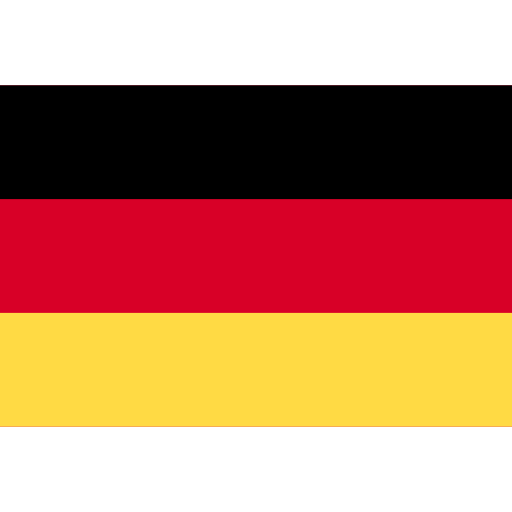 Germany
Germany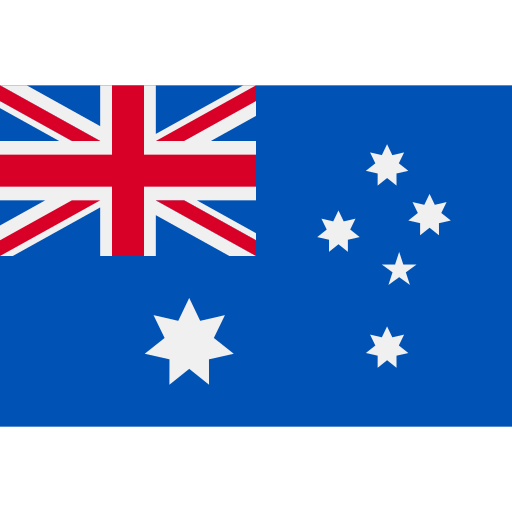 Australia
Australia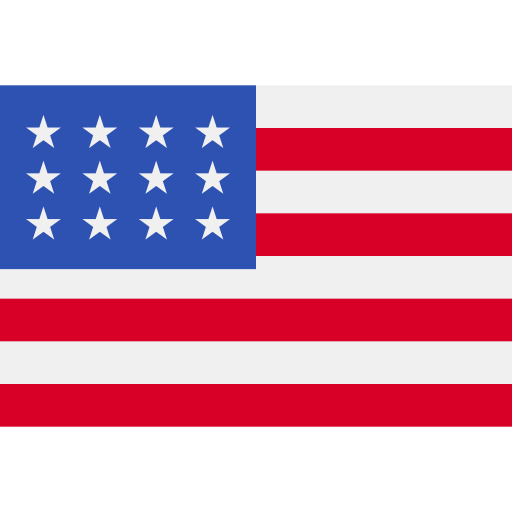 United States
United States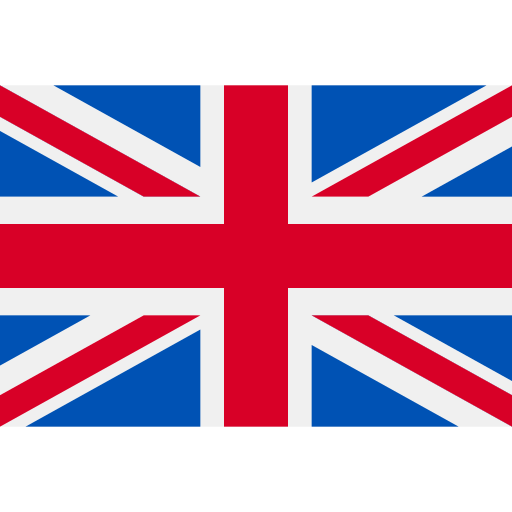 United Kingdom
United Kingdom China
China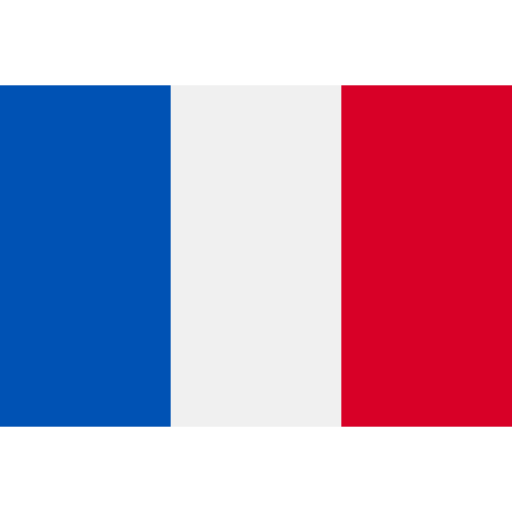 France
France Ukraine
Ukraine Russia
Russia Turkey
Turkey
Comments are closed.